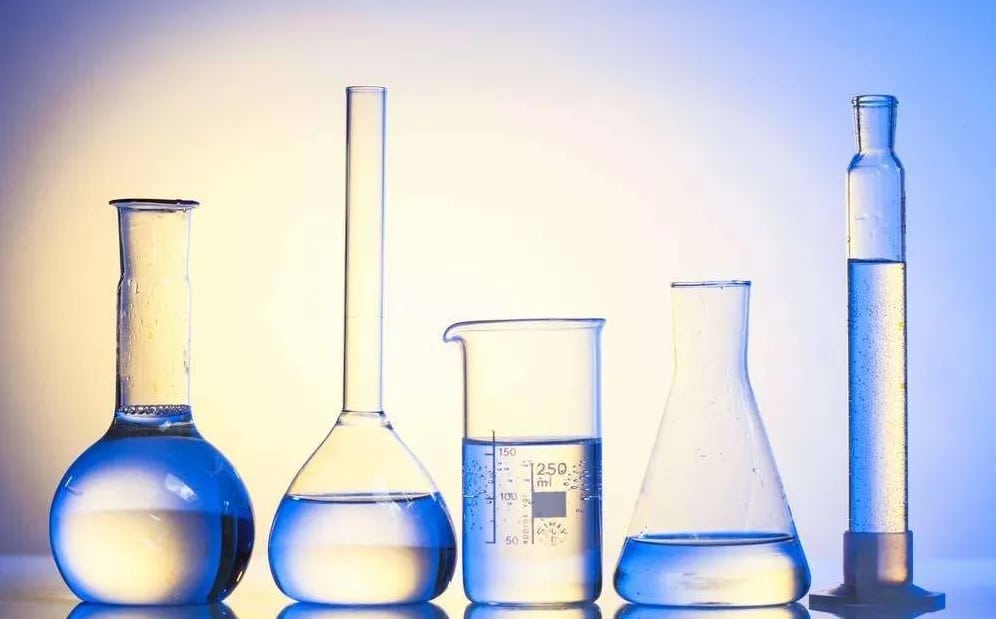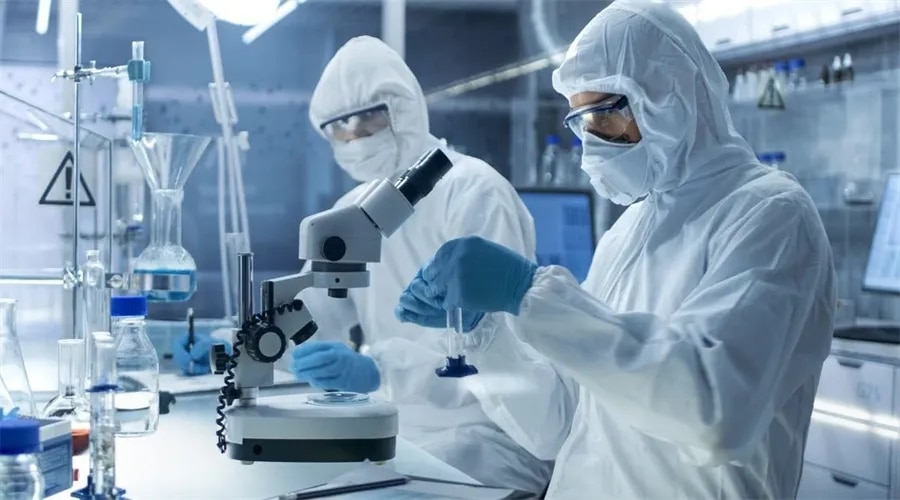The world auxiliary industry began in the 1930s. At first, almost all of it was used in the textile industry. Later, some of it entered the daily chemical industry, such as detergent, but still dominated by textile auxiliary. In the 1950s, it expanded to petrochemical, pesticide, chemical fertilizer, paper, leather, plastics, medicine, beneficiation, construction and other industries. Taking Japan as an example, in 1966, the output of additives was 160000 tons, and about 100000 tons were used in the textile industry; In 1976, the output was 350000 tons, and about 160000 tons were used in the textile industry.
In the 20th century, according to the world textile auxiliaries Market survey report, the annual output of textile auxiliaries in the world reached US $16 billion in 2003 and US $17 billion in 2004. In 2005, the annual output of textile auxiliaries in the world was about 3.1 million tons, and 10 years later, it reached 4.1 million tons. There are nearly 100 categories and 1.5 million tons 60000 varieties, including more than 8000 varieties of textile auxiliaries in Europe and America, involving 48 categories; Japan also has 5500 varieties, and production enterprises in Europe, the United States, Japan and other regions account for a large share, mainly including BASF, Bayer, Ciba, Sandoz, Henkel, Novo Nordisk, hechst, ICI, Wacker, Takemoto, Matsumoto and other companies.
Textile auxiliaries are mainly fiber, spinning, weaving and knitting auxiliaries (oil, dye). Among the printing and dyeing auxiliaries, pretreatment auxiliaries (desizing, scouring, bleaching stabilizer and chelation) account for 9 3%; Dyeing auxiliaries (leveling, penetration, defoaming, fixation, deepening, dispersion, anti migration, carrier, softener in bath) and printing auxiliaries (paste, adhesive, thickener, crosslinker, brightener, anti stain agent) account for 38.5% 7%; Finishing agents (soft, non ironing, waterproof, oil repellent, easy to decontaminate, flame retardant, antistatic, antibacterial, deodorizing, mothproof, UV resistant, moisture absorption and perspiration, fuzzing and pilling, stiffness, etc.) account for 52%.

China’s auxiliary industry began in the early days of the founding of the people’s Republic of China. It is mostly used in detergent and textile printing and dyeing. The output is also small, and most of it depends on imports. For example: detergent LS (lissapol ls, ICI), penetrant t (primasol FP, BASF), unfolding powder BX (nekal BX, i.g.), wetting agent JFC (invadin JFC), leveling agent GS (lepang salt uf-350, lepang Pingjia o (peregal o), crosslinking agent FH (acrafix FH, Bayer), coating paste a (Acramine a, Bayer), anti staining salt s (ludigol s, BASF), dispersant NNO, n (tamol NNO, n) Fluorescent brightener VBA (leukophor BCR, Sandoz), etc.
China’s first “Shanghai Auxiliary Factory” was established in 1958, mainly producing the above-mentioned imported products. Until the reform and opening up in the late 1970s, China became the largest textile producer and exporter in the world. With the continuous improvement of people’s living standards, higher requirements are put forward for textiles, which promotes the development of textile printing and dyeing industry and the improvement of technology. At the same time, new requirements are put forward for the variety and quality of textile printing and dyeing auxiliaries in China.
The establishment of printing and dyeing auxiliary enterprises has mushroomed and developed rapidly. They are mainly private enterprises, and some joint ventures are small and scattered. There are only four major printing and dyeing auxiliary enterprises that have gradually formed a scale: Demei fine chemical company founded by Mr. Huang Guanxiong in Foshan, Guangdong, ChuanHua group founded by Mr. Xu ChuanHua in Hangzhou, Zhejiang and developed by his son Xu Guanju, Liansheng chemical industry company founded by Mr. Yang Wei in Shantou, Guangdong and Suzhou Liansheng Chemical Co., Ltd., and the rest are all over Zhejiang, Jiangsu, Guangdong, Shanghai and Fuzhou

More than 800 varieties and more than 200 main varieties can be produced in Jianhe, Shandong and other places, with an annual output of more than 2 million tons, which can meet 75% ~ 80% of the domestic market demand. They are all medium and low-grade products, lack of multi-purpose serial varieties, serious homogenization, and high-grade varieties still need to be imported. There is still a large gap between the varieties, quality, synthesis and application technology of domestic textile printing and dyeing auxiliaries and the advanced level of developed countries, Special and high-grade textile printing and dyeing auxiliaries have to rely on imports, which account for about 15% of the demand.
The ratio of textile printing and dyeing auxiliaries to fiber output in China is 4:100, the world average level is 7:100, and that in industrial developed countries is 15:100. Although textile printing and dyeing auxiliaries in China have developed year by year, they still need to be developed. This is due to the demand of people’s living standards and the high quality of foreign products.
According to the product structure classification of existing printing and dyeing auxiliaries in China: pretreatment auxiliaries account for 18 4%, dyeing and printing auxiliaries accounted for 46 7%, finishing additives accounted for 34.7% 9%。 The difference of product structure classification between foreign printing and dyeing auxiliaries is that the proportion of pretreatment auxiliaries is too much, and the proportion of finishing auxiliaries is small, and the difference is the largest; The classification of printing and dyeing auxiliaries in Western Europe is pretreatment, accounting for only 9 3%, dyeing and printing accounted for 38 7%, finishing agent 52%.

